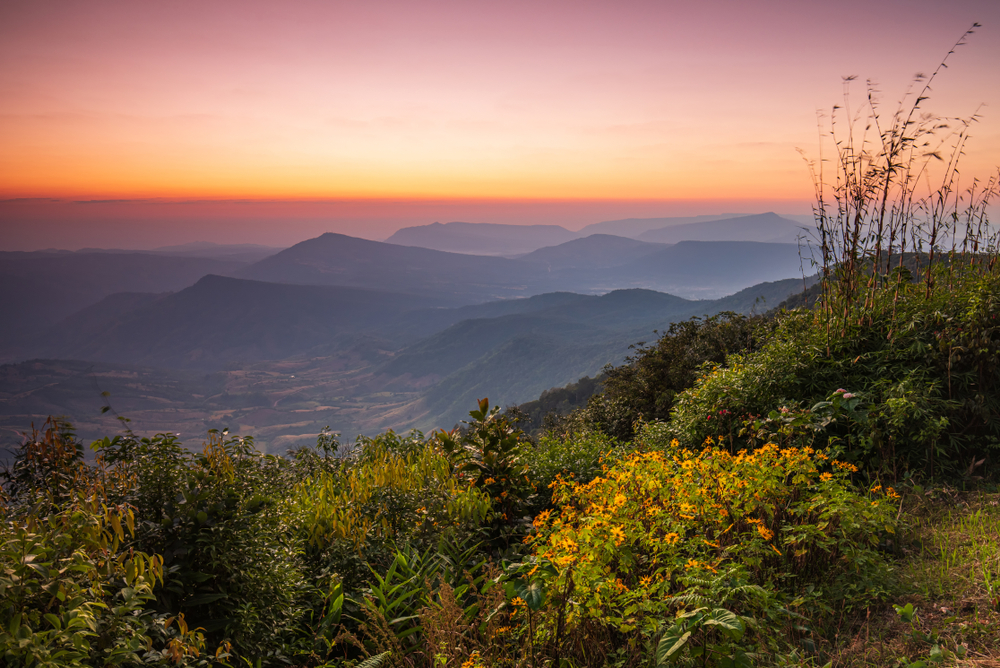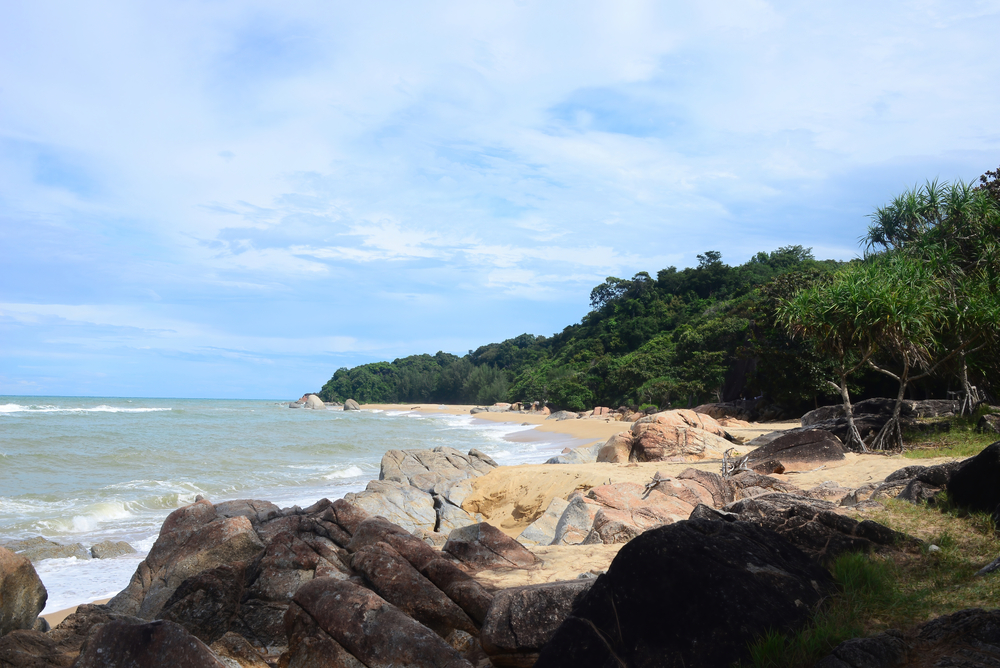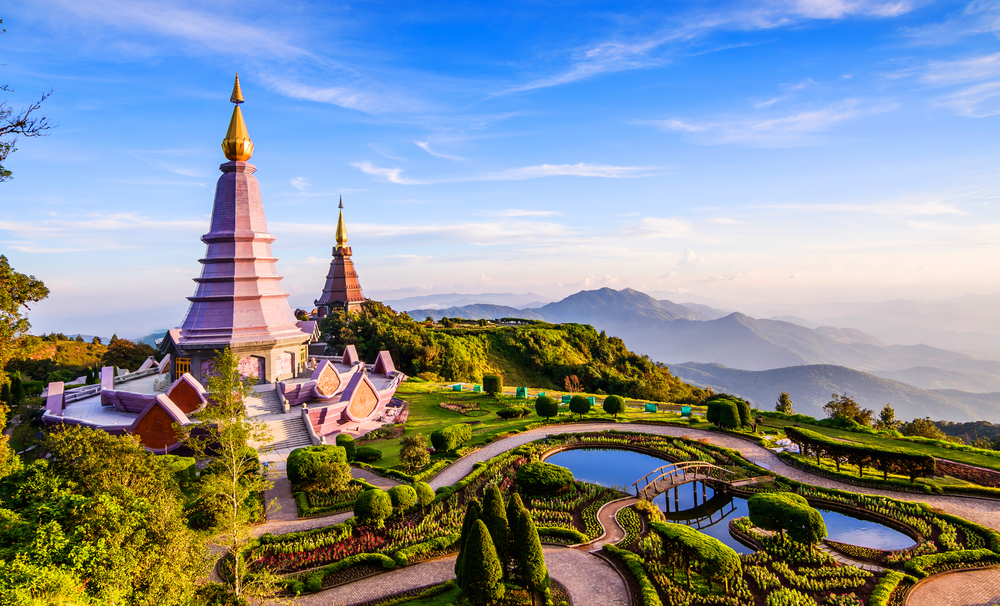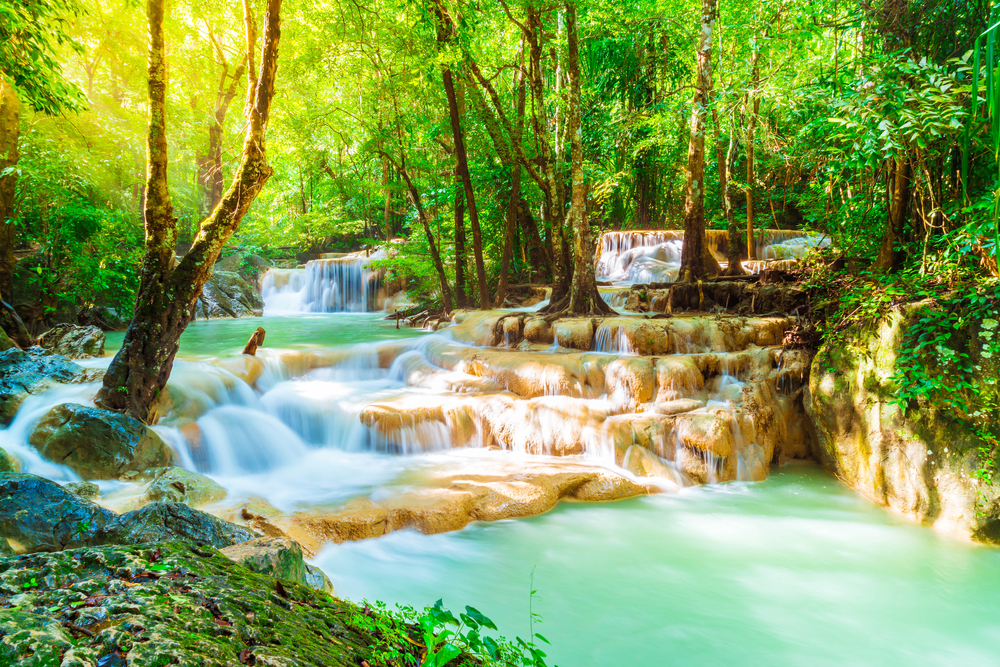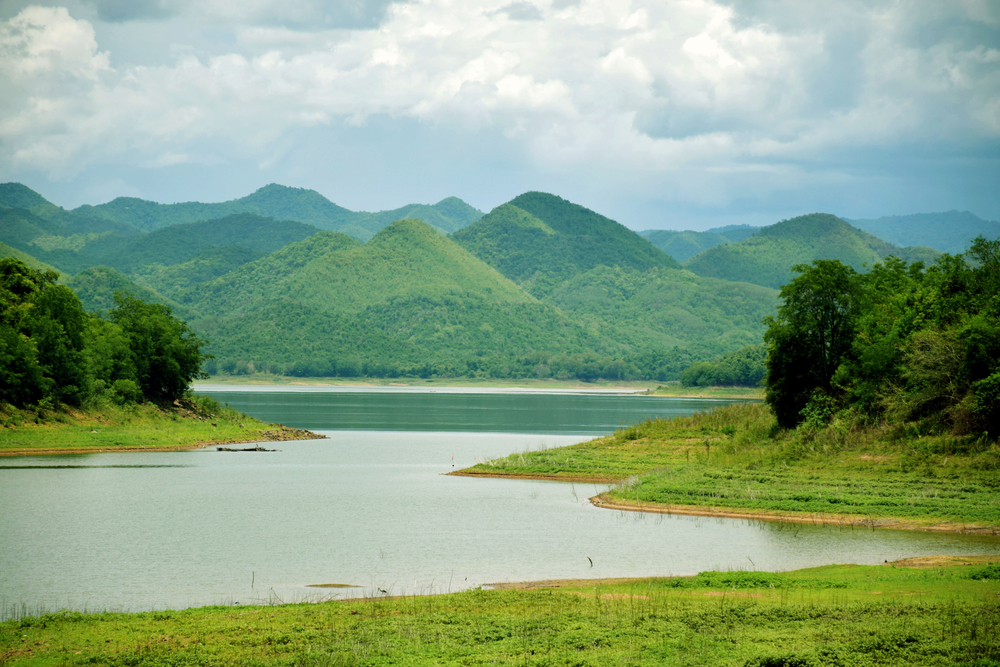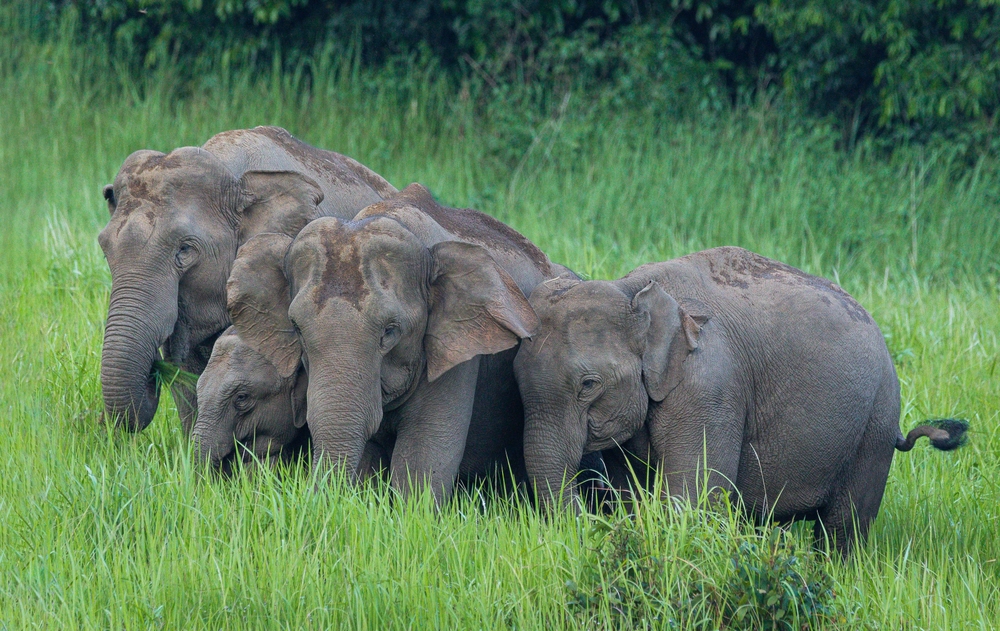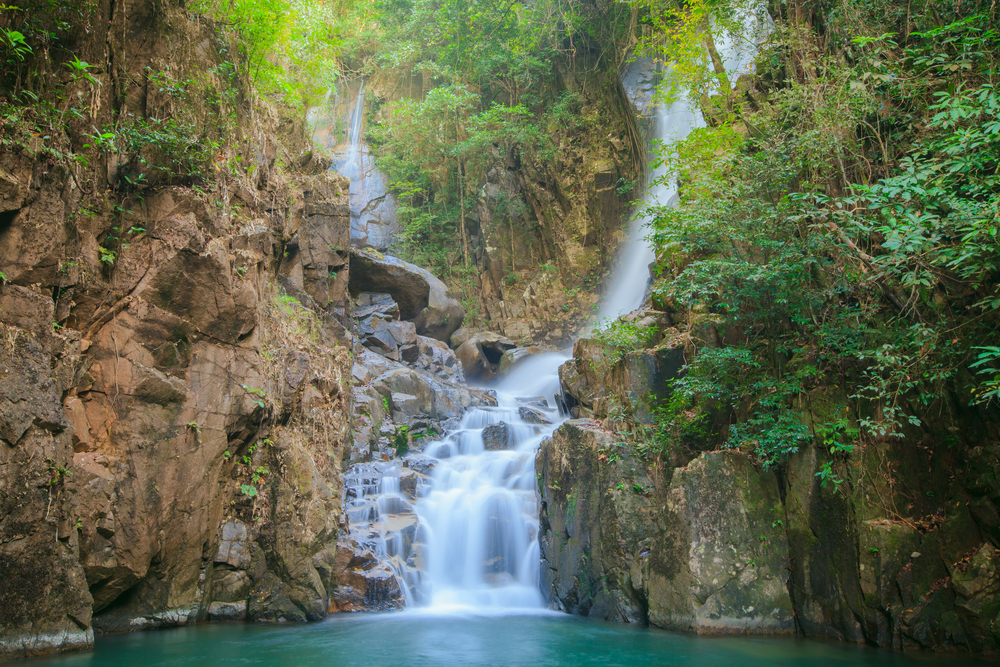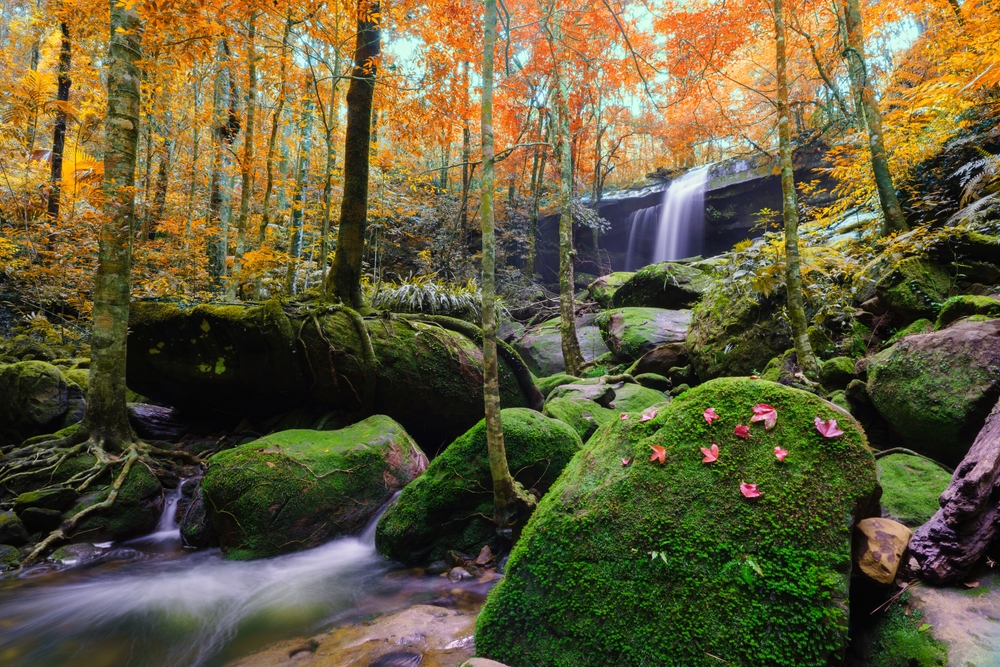Phu Ruea Overview
Phu Ruea National Park, or อุทยานแห่งชาติภูเรือ in Thai, is a remarkable natural sanctuary located in Loei Province in northeastern Thailand. Covering an area of approximately 121.4 square miles (314.5 square kilometers), this park is named after Phu Ruea, its iconic mountain whose peak resembles a ship, as the Thai word “Ruea” translates to “boat.”
Situated near the Laos border, the park’s elevation and unique geography contribute to its reputation as one of Thailand’s coldest destinations, offering a refreshing escape from the tropical heat.
The terrain of Phu Ruea National Park is characterized by its rugged mountain ranges, rolling hills, and verdant valleys. Phu Ruea Mountain itself rises to 4,459 feet (1,359 meters), providing panoramic views of the surrounding countryside and neighboring Laos. The park’s landscapes are interspersed with lush forests, including mixed deciduous and evergreen vegetation.
Seasonal flowers such as wild orchids and fields of colorful blossoms create picturesque scenery during the cooler months, while its pine forests, particularly the three-needled pine (Pinus kesiya), lend a serene and alpine-like atmosphere. Visitors are also drawn to the mesmerizing Huai Phai waterfall, a multi-tiered cascade surrounded by dense greenery, and several smaller streams that crisscross the area.
Phu Ruea is a haven for wildlife, hosting a variety of species that thrive within its biodiverse ecosystems. Mammals such as barking deer, wild boar, and palm civets are frequently spotted in the park, while bird enthusiasts will delight in sightings of rare species like the great hornbill and mountain hawk-eagle. Butterflies are particularly abundant, adding vibrant splashes of color to the environment, especially near flowering plants and streams.
Popular features of the park include the Phu Ruea summit, where a viewpoint rewards visitors with spectacular sunrise vistas over the foggy landscape, often compared to a sea of mist. The park’s high-altitude climate creates a unique blend of cool temperatures and tropical beauty, making it an idyllic destination year-round. Visitors can also explore the park’s many walking trails, which vary in difficulty and offer opportunities for nature photography, birdwatching, and serene reflection amidst nature.
Phu Ruea National Park’s management places a strong emphasis on conservation, focusing on preserving its unique ecosystems and minimizing human impact. Efforts to combat illegal logging and poaching have seen success in recent years, though challenges remain in maintaining ecological balance in the face of increasing tourism. Educational programs and local community involvement play a significant role in fostering sustainable practices and awareness about the park’s delicate environment.
Visitors can engage with Phu Ruea National Park through activities like hiking, camping, and guided tours. The park also features viewpoints and interpretive signs that provide insight into its natural and cultural significance. Seasonal festivals, particularly during the cool season, attract tourists with flower displays and cultural events that celebrate the region’s heritage.








































































